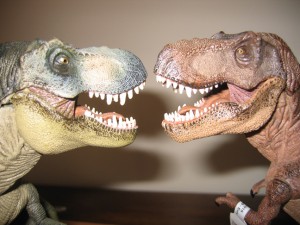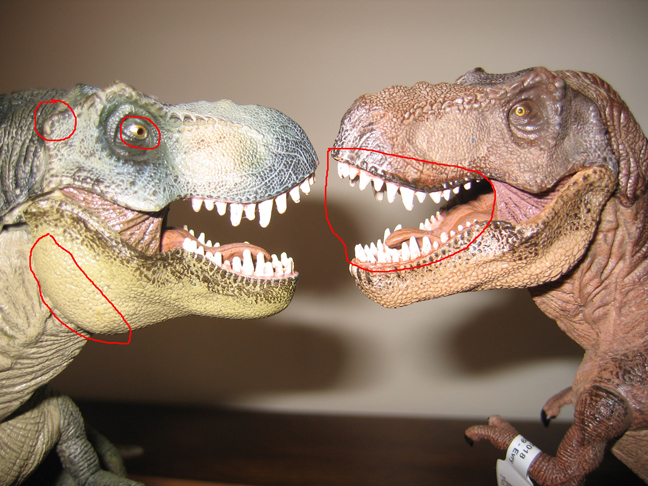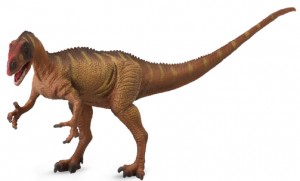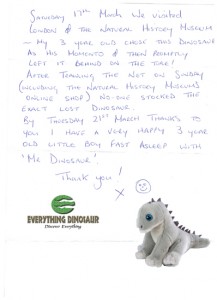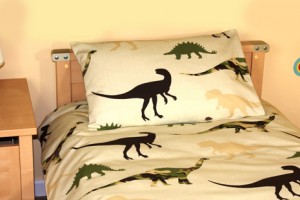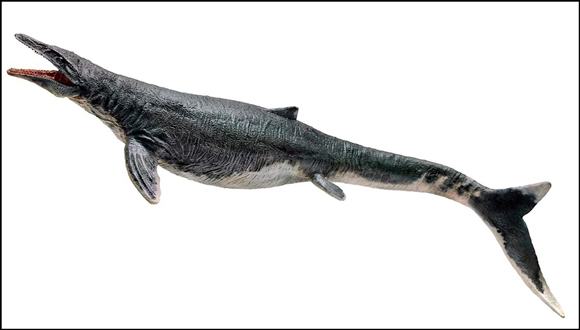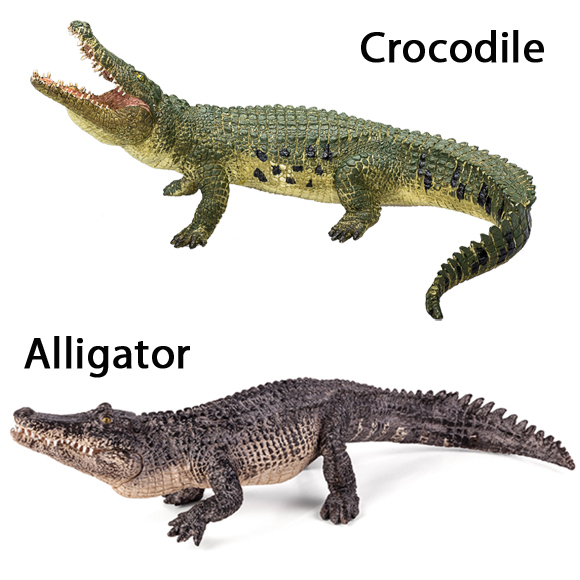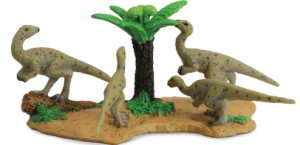Anglo/Japanese Scientific Team Conclude that Carrying More Food Improved Survival
For our ape-like ancestors being able to use your hands to grab extra food and run away may have had an important evolutionary influence in early hominids adoption of an upright stance and bipedal walking habit. That is one of the conclusions made by a joint British/Japanese research team who have been studying the behaviour of extant apes.
Early Hominids
The anthropologists carried out their research studying the complex social behaviours of perhaps our closest living relative – the chimpanzee. The research team found that these apes, very adept at and more comfortable walking on all fours than walking upright, would adopt a bipedal stance when they needed to monopolise scarce food resources by grabbing more in a single attempt when facing stiff competition from other social group members.
The researchers from Cambridge University (England) and Kyoto University in Japan, concluded that the benefits of being selfish and grabbing as much as you could with both hands would lead to certain individuals getting more than others. Over a long period of time, natural selection could have favoured those apes that had a better sense of balance and could adopt a bipedal pose to swipe as much food as they could. This suggest that early hominids could have evolved bipedalism in response to gaining an advantage when competing for scarce food resources – leading to our ancestors becoming permanent bipeds with their hands freed from the role of locomotion for evermore.
There have been many theories postulated as to why a bipedal stance was adopted by our ancestors, those apes that would lead to the emergence of the hominids and eventually our own species H. sapiens. Studies of Bonobo chimps (Pan paniscus), long-legged, slightly smaller members of the Pan genus of chimpanzee, found in central Africa, led to some scientists concluding that our ancestors became adept at walking upright when they inhabited ancient swamps and regularly had to wade through water. Most palaeontologists believe that Africa became much drier and the forests gradually became grasslands during the time of the first hominids. This dry climate and the loss of an arboreal habitat may have driven certain types of apes onto the savannahs and being able to stand tall to look out for danger could well have been a stimulus for a bipedal evolution.
Recent Scientific Papers
There have been a number of recent papers on ancient African hominids, one of the most exciting discoveries was made in southern Africa, the finding of one of the earliest known specimens of the “human family tree”.
To read more about this discovery: New Fossils May Help Redefine Human Ancestry.
Anthropologists studying chimpanzees found that the great apes, who usually walk on all fours, walk upright and free their hands for carrying when they need to monopolise hard-to-find resources by swiping more at a single attempt in the face of fierce competition.
The team from the University of Cambridge and Kyoto University in Japan believe the benefit of “first come, first served” and getting a bigger share of scarce food supplies could, over a long period of time, have led some of our earliest “hominin” ancestors to evolve into “bipedal” primates walking on two legs permanently instead of four.
Professor William McGrew, from Cambridge’s department of archaeology and anthropology, said:
“Bipedality as the key human adaptation may be an evolutionary product of this strategy persisting over time. Ultimately, it set our ancestors on a separate evolutionary path.”
Scientists believe that man’s ancestors changed how they moved at a time of climate upheaval which reduced the forested areas in which they lived and forced them out into the open more. But a lack of fossils means there is division over what specific factor it was that led to the development of walking on two feet.
The research by the team led by PhD student Susana Carvalho and Professor Tetsuro Matsuzawa, published in the journal Current Biology, suggests our earliest hominid ancestors may have lived in shifting environmental conditions in which certain resources were not always easy to come by.
Chimpanzees are one of several ape species able to walk on two legs for short periods of time.
The scientists conducted two studies of chimpanzees in Bossou Forest in Guinea, west Africa, finding that when supplies of highly prized coula nuts were scarce, the chimps were more likely to walk on two feet in an attempt to carry off more in a single trip.
They also found that when the chimpanzees went “crop raiding”, 35% of their activity involved some sort of bipedal movement, and “once again, this behaviour appeared to be linked to a clear attempt to carry as much as possible in one go”.
By studying the behaviour of chimpanzees, they believe that over time, intense bursts of bipedal activity in early hominins may have led to anatomical changes that in turn became the subject of natural selection where competition for food or other resources was strong.
Commenting on the research, Professor William McGrew (Cambridge University’s department of Archaeology and Anthropology) stated:
“Bipedality as the key human adaptation may be an evolutionary product of this strategy persisting over time. Ultimately, it set our ancestors on a separate evolutionary path.”
Walking on your hind legs in a grassland environment makes sense for a number of reasons. For example, with the brain held slightly higher off the ground when compared to a four-footed form of locomotion it is effectively cooled by being that much further away from the ground. Hands can be freed up to allow the carrying of food and even simple tools. A lack of hominid fossils means that there is a lot of debate over what specific factor(s) led to the development of a human-like habit of walking on your back legs.
The work of PhD student Susana Carvalho and Professor Tetsuro Matsuzawa, has been published in the scientific journal “Current Biology”. Their work suggests our earliest hominid ancestors may have lived in shifting environmental conditions in which certain resources were not always easy to come by. Using the observed behaviour of extant apes, such as chimpanzees in the wild, the team postulate that the ability to grab as much as you can could have been a stimulus for bipedalism in our ancestors. Chimps are just one of several great apes that can walk on their hind legs for a short period, although the position of their hind legs relative to their pelvic girdle prevents them from walking very efficiently – they tend to swagger using their arms to help balance themselves, whilst human locomotion is a much more bio-mechanically efficient affair.
As the scientists concluded:
“Once again, this behaviour appeared to be linked to a clear attempt to carry as much as possible in one go”.
The study of an extant ape, has led this joint Anglo/Japanese team to conclude that intense bursts of bipedalism in our ancient ancestors may have led to the evolution of anatomical adaptations that led to a more efficient and effective upright stance. Becoming a biped so that you can use your hands to grab as much food as possible may have been the evolutionary spark that lit the touch-paper that over millions of years led to the emergence of our own branch of the hominid family tree.
To read another article on the evolution of bipedalism in early hominids, an article written about some of the fossil evidence in support of an upright walking stance in A. afarensis: Early Hominid Walking Tall.
The scientific paper: “Chimpanzee carrying behaviour and the origins of human bipedality” by Susana Carvalho et al published in Current Biology.
For models and replicas or early hominids and other creatures: Prehistoric Animal Figures and Models.


